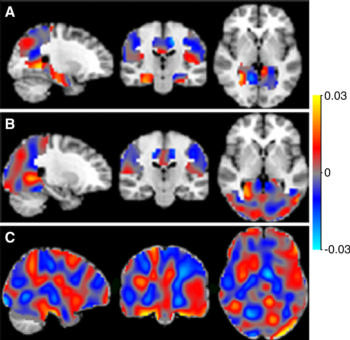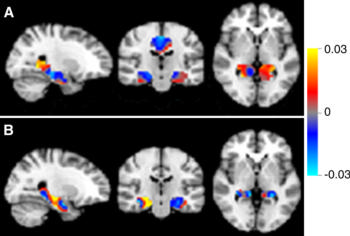Artificial Intelligence May Aid in Alzheimer’s Diagnosis
With automated methods, age- and sex-adjusted arterial spin labeling (ASL) perfusion maps can be used to classify and predict diagnosis of Alzheimer’s disease (AD), conversion of mild cognitive impairment (MCI) diagnosis to AD, stable MCI, and subjective cognitive decline (SCD) with good to excellent accuracy and area under the receiver-operating characteristics curve (AUC) values, according to a new study published in Radiology.
Lyduine E. Collij, BSc, of VU University Medical Centre in Amsterdam, the Netherlands, and colleagues acquired pseudocontinuous 3.0-T ASL images in 100 patients with probable AD; 60 patients with MCI — of these, 12 remained stable, 12 were converted to a diagnosis of AD and 36 had no follow-up; 100 subjects with SCD; and 26 healthy control subjects. The AD, MCI and SCD groups were divided into a sex- and age-matched training set and an independent prediction set.
Single-subject diagnosis in the prediction set by using the discrimination maps yielded excellent performance for AD versus SCD, good performance for AD versus MCI, and poor performance for MCI versus SCD. Application of the AD versus SCD discrimination map for prediction of MCI subgroups resulted in good performance for patients with MCI diagnosis converted to AD versus subjects with SCD and fair performance for patients with MCI diagnosis converted to AD versus those with stable MCI.
“Our results support the way automated classification can facilitate and possibly improve diagnosis, specifically in centers without experienced (neuro) radiologists. In addition, automated classification may be applicable for screening purposes, considering the high prevalence of AD,” the authors write.


Web Extras
- Access the study, "Application of Machine Learning to Arterial Spin Labeling in Mild Cognitive Impairment and Alzheimer Disease," at pubs.rsna.org/doi/full/10.1148/radiol.2016152703